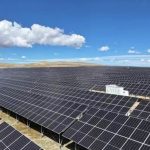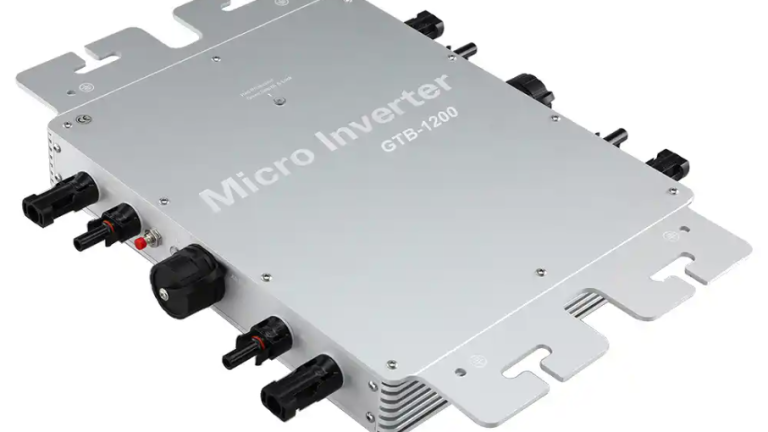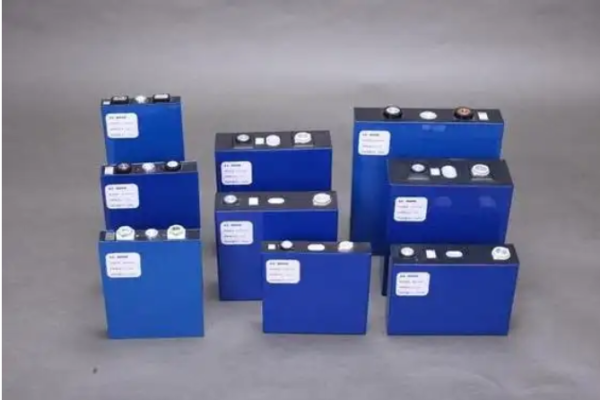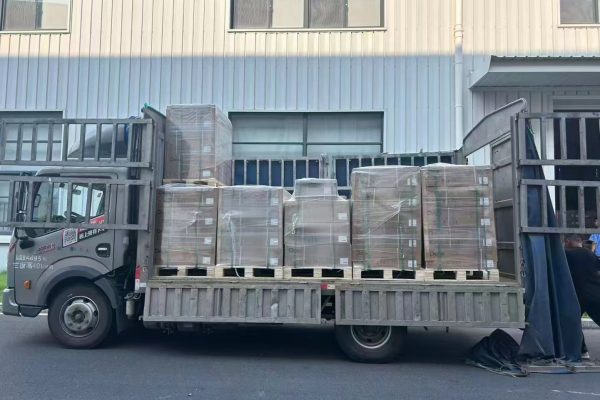Empowering Residential Solar Systems Through Smart Inverter Selection
Introduction
The growth of residential solar systems has shifted from traditional grid-tied setups to hybrid solar systems—thanks to the increasing affordability of lithium battery storage and the growing demand for energy independence. At the heart of this transformation lies a crucial component: the hybrid inverter.
For distributors, integrators, and especially technical trading companies that serve small and medium-sized solar projects, understanding how to guide customers in selecting the right hybrid inverter is key to unlocking business value. Unlike massive EPC firms, technical trading teams often win through responsiveness, sourcing flexibility, and technical matching—not by doing R&D themselves.
This article provides a practical and SEO-friendly guide to hybrid inverter selection tailored to residential solar applications, especially for systems in the 3kW to 10kW range.
What Is a Hybrid Inverter?
A hybrid inverter (also called a multi-mode inverter) is a type of solar inverter that manages both the solar energy input and the battery storage system. Unlike traditional inverters, hybrid models can:
- Convert DC from solar panels to AC for home use
- Charge and discharge batteries using solar or grid power
- Feed excess energy back into the grid (on-grid mode)
- Operate independently during blackouts (off-grid mode)
For residential solar applications, this hybrid flexibility is now a popular choice, especially in regions with unstable grids, high electricity costs, or limited feed-in tariffs.
Why Inverter Selection Matters for Small Projects
While large solar projects involve engineering teams and deep system design, residential solar often depends on pre-designed kits, installer knowledge, and the support of agile suppliers. Choosing the right inverter can make or break the performance of a residential energy system.
- Under-sized inverters limit system performance
- Incompatible inverters fail to integrate with batteries or EMS
- Missing certifications create import and installation barriers
Helping clients avoid these mistakes is a key value-add that technical trading companies can provide—even without doing R&D.
Key Criteria for Choosing the Right Hybrid Inverter
1. System Power Rating (kW) and Inverter Size
- 3–5kW: Ideal for small homes with low to moderate electricity usage
- 5–8kW: Suitable for families with higher energy demand or EV charging
- 8–10kW: Larger homes or multi-family units
✅ Tip: Always oversize the inverter slightly (within 120%–130%) to avoid performance throttling during peak solar output.
2. Battery Compatibility
Hybrid inverters must be compatible with the battery’s voltage range and communication protocols (e.g., CAN/RS485).
- Low-voltage batteries (48V): Common in small-scale applications
- High-voltage batteries (>100V, e.g., 120V–500V): Found in newer lithium battery systems
Some inverters are designed to work only with branded battery packs, while others offer open protocols for wider compatibility.
✅ As a technical trading company, maintaining a list of compatible battery brands and models is a key competitive edge.
3. Number of MPPTs and String Flexibility
MPPT (Maximum Power Point Tracking) technology ensures that the inverter extracts the most power from the solar panels under varying conditions.
- 1 MPPT: Simpler setups, limited flexibility
- 2–3 MPPTs: Better suited for rooftops with multiple orientations (e.g., east-west, partial shading)
✅ For residential projects with complex roof layouts, dual MPPTs with independent strings are a must-have.
4. Grid Connectivity and Backup Mode
Some hybrid inverters offer seamless backup capability during outages, while others only support grid-tied operation with optional emergency circuits.
- Pure hybrid: Can operate off-grid or during grid failures
- Pseudo-hybrid: Requires the grid for full functionality
✅ In regions with unstable grids (e.g., Southeast Asia, Sub-Saharan Africa), off-grid support is essential.
5. Smart Features and Monitoring
Modern hybrid inverters often come with:
- Wi-Fi or Ethernet monitoring
- Mobile app control
- Time-of-use optimization (TOU charging/discharging)
- Integration with smart home systems or EMS
These features add value for tech-savvy homeowners and installers who want remote access and system visibility.
✅ B2B buyers increasingly ask for user-friendly monitoring platforms that can be offered as a value-add.
6. Certifications and Compliance
For international trading and smooth customs clearance, inverters must carry the necessary certifications:
- CE for EU markets
- UL1741 or IEEE1547 for the US
- SAA for Australia
- NRS097 for South Africa
✅ Even if your team doesn’t manufacture, ensuring you source certified products is essential for B2B credibility.
How Technical Trading Companies Add Value
Unlike large EPC firms or manufacturers, small technical trading companies can build unique advantages through speed, flexibility, and understanding the customer’s system.
Here’s how:
✅ Pre-Screening Inverter-Battery Combos
Offer clients proven combinations (e.g., 5kW hybrid inverter + 10kWh LiFePO4 battery) based on successful past cases.
✅ Guided System Design
Help installers or end customers define:
- Number of PV modules
- Total load coverage
- Battery backup duration
- Wiring configurations
✅ Multi-Supplier Sourcing
Not tied to one brand—you can mix-and-match based on availability and pricing.
✅ After-Sales Troubleshooting
Provide quick guides, wiring diagrams, and remote support from manufacturers.
Common Pitfalls to Avoid in Inverter Selection
- Assuming All Hybrid Inverters Are the Same
→ Check compatibility, backup support, firmware reliability - Focusing Only on Price
→ The cheapest inverter may lack essential safety features or certifications - Ignoring Local Grid Regulations
→ Different countries impose strict interconnection rules - Failing to Align Inverter with Battery
→ Communication mismatch = system failure
As a foreign trade supplier, pre-validating these aspects makes your offer much stronger than just quoting a product.
Case Example: Matching a 5kW Hybrid Inverter for a Southeast Asia Project
- Project type: 5kW rooftop solar + 10kWh battery for a single home
- Region: Philippines (frequent blackouts, high energy prices)
- Key requirements:
- Backup support for 4–6 hours
- Wi-Fi monitoring
- Battery compatibility (open protocol)
- Tropical climate operation
Recommended configuration:
- 5kW hybrid inverter with dual MPPT, IP65 protection
- 10kWh LiFePO4 battery, 48V, with CAN/RS485 communication
- Monitoring app with customer dashboard access
The technical trader’s role: sourcing components from two vendors, validating compatibility, offering wiring diagrams + BOM, and shipping DDP with customs documentation.
Conclusion: Inverter Selection Is Where Technical Traders Can Shine
The hybrid inverter is not just a product—it’s a decision point that determines system stability, battery performance, and user satisfaction. For technical foreign trade businesses, mastering this topic is your way into value-based sales, not just price competition.
By understanding your clients’ application, offering tailored suggestions, and delivering responsive support, you can build long-term business with installers, resellers, and small EPC players globally.









